-
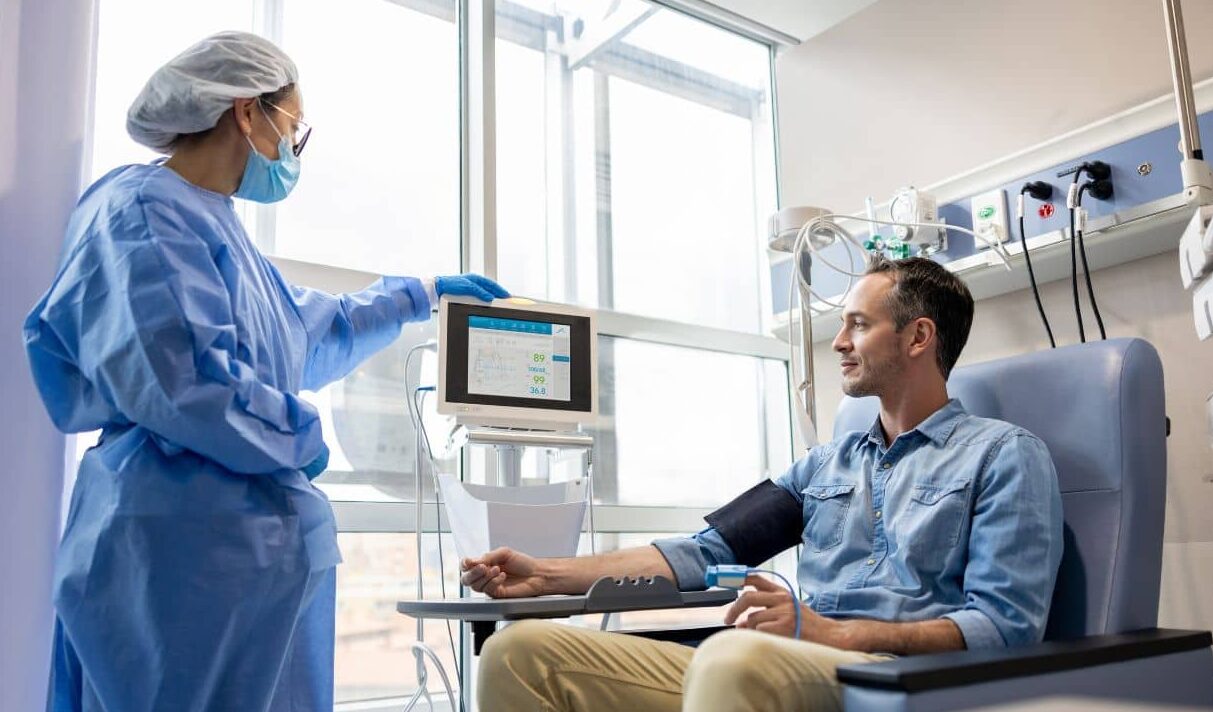 News
When glucose levels are low, chemotherapy ceases to affect cancer cells
News
When glucose levels are low, chemotherapy ceases to affect cancer cells
-
 News
Excessive treatment of prostate cancer in older men may reduce quality of life without increasing its duration
News
Excessive treatment of prostate cancer in older men may reduce quality of life without increasing its duration
-
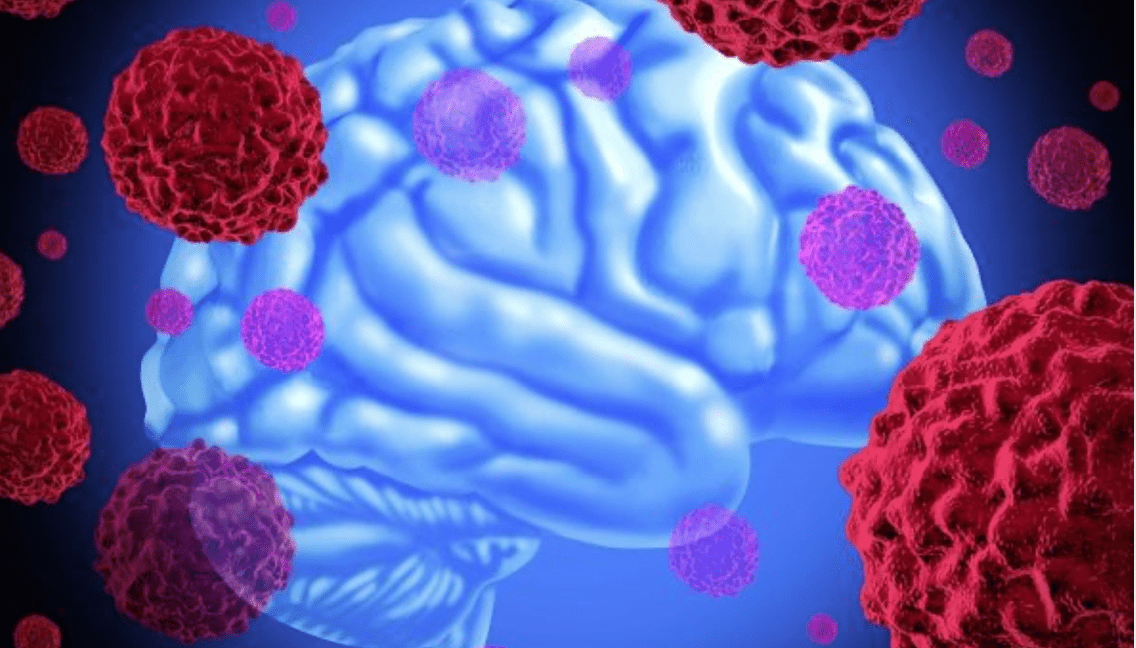 News
Brain cancer can be cured by viruses
News
Brain cancer can be cured by viruses
-
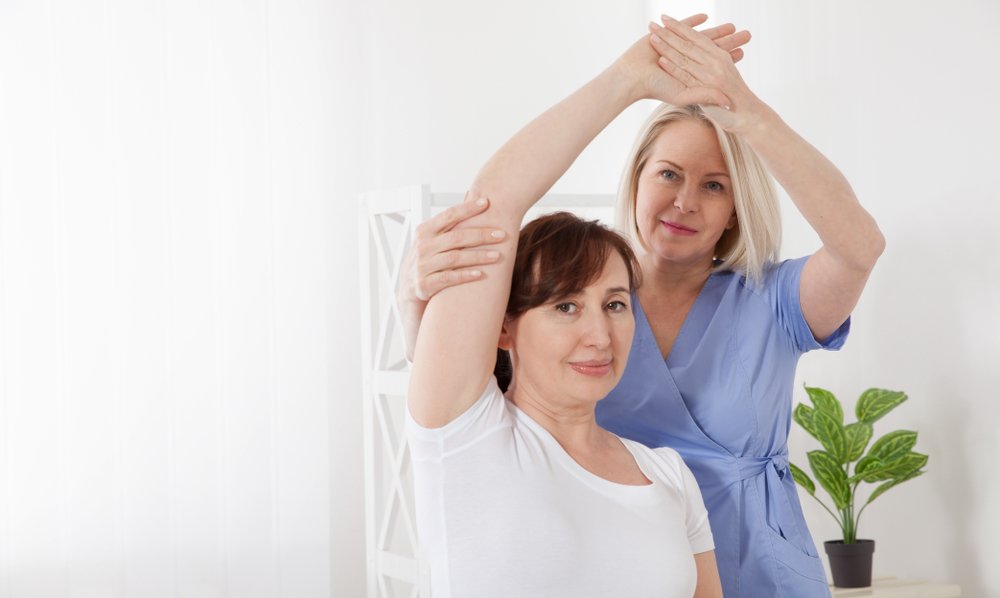 News
Ways to reduce lymphatic pain in breast cancer have been found
News
Ways to reduce lymphatic pain in breast cancer have been found
-
 News
Scientists have turned bacteria into a powerful weapon against cancer
News
Scientists have turned bacteria into a powerful weapon against cancer
All news
Stroke rehabilitation treatment
After a stroke, first aid must be given within 4.5 hours. This time is called the therapeutic window, when you can not only avoid death, but also the development of complications.
Unfortunately, it is not always possible to get the patient to the clinic in time. Therefore, 40% of people have paralysis, impaired motor and mental spheres.
Rehabilitation after stroke abroad is under the constant supervision of medical personnel. Modern technologies are used in addition to massages and gymnastics.
MedTour patients recommend clinics for the treatment of stroke rehabilitation:
Doctors for the treatment of stroke rehabilitation
Patient reviews
Frequently Asked Questions
The patient’s condition depends on the localization of the stroke; the size of the focus; the presence of a hematoma, how hard and on which organs it presses.
Consequences after a stroke:
- impairment of coordination of movement;
- the development of paralysis of a part of the body or complete;
- problems with the speech apparatus;
- impairment of memory or complete loss.
Mental disorders appear in 30% of patients. They are manifested by anxiety, depression, aggression. Caused by difficulty with self-care. A person becomes irritable and loses strength when he cannot perform routine activities.
Therefore, stroke rehabilitation in other countries is aimed at restoring bodily functions and helping the patient to be as independent as possible of others in everyday life.
The price of rehabilitation after a stroke depends on the state of health; the disorders that need to be resumed; the clinic’s equipment with special techniques.
Minimum cost for 1 day for comparison:
- Montenegro – 35€;
- Estonia – 120 €;
- Germany – €350;
- Israel – 1200 €.
Rehabilitation after a stroke should start as early as possible: after a day or two. In many clinics, they start as early as the intensive care unit or intensive care unit.
Therefore, the earlier the patient is taken to a clinic abroad, the more likely he is to preserve his vital functions and mental state.
The patient is prescribed medication to normalize the parameters, which are constantly monitored. This forms the basis for rehabilitation techniques:
- Physical exercise.
- Kinesotherapy is the same gymnastics, with the use of balls, expanders, and simulators. Aimed not only at the musculoskeletal system, but also the restoration of trophics and metabolism, training at the neuroreflex level.
- Therapeutic massage.
- Cardio exercises aimed at maintaining the cardiovascular system.
- Hydrotherapy – exercises in the pool.
- Electromyostimulation – exposure of paralyzed muscles to low levels of current.
- Orthotics – using joint braces and correct load distribution to the extremities.
- Mud therapy.
- Cryotherapy – Cold relieves muscle tension.
- Effects on the receptors of sound, taste, smell and touch.
If the speech impairment pass lessons with a speech therapist. If there are problems with the mental state, the patient attends sessions with a neuropsychologist. The therapist also communicates with relatives to support them and create favorable conditions for recovery.
To stop the period of apathy and restore perception of the world, music therapy is conducted, including classical music, sounds of nature and favorite songs. And also art therapy: clay molding, painting from paints to finger painting in the sand. And they organize meetings with animals so you can play with them, pet them, and fill up with positive emotions.
Innovative technologies are used in rehabilitation in other countries. Lokomat – fixes the body and helps to move around the track and restore the musculoskeletal system even in paralyzed patients.
The verticalizer keeps the body in an upright position and reduces the load on the legs so that the person can concentrate on fine motor skills. Exoskeleton – receives impulses from the brain and performs tasks together with the fixed limbs, re-training them.
A VR picture-assisted system helps train movement, cognitive function, and balance holding. As well as training intellectual abilities with exercises and tasks on the devices.
Published:
Updated:
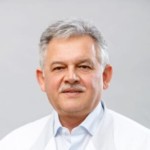


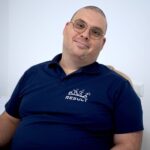



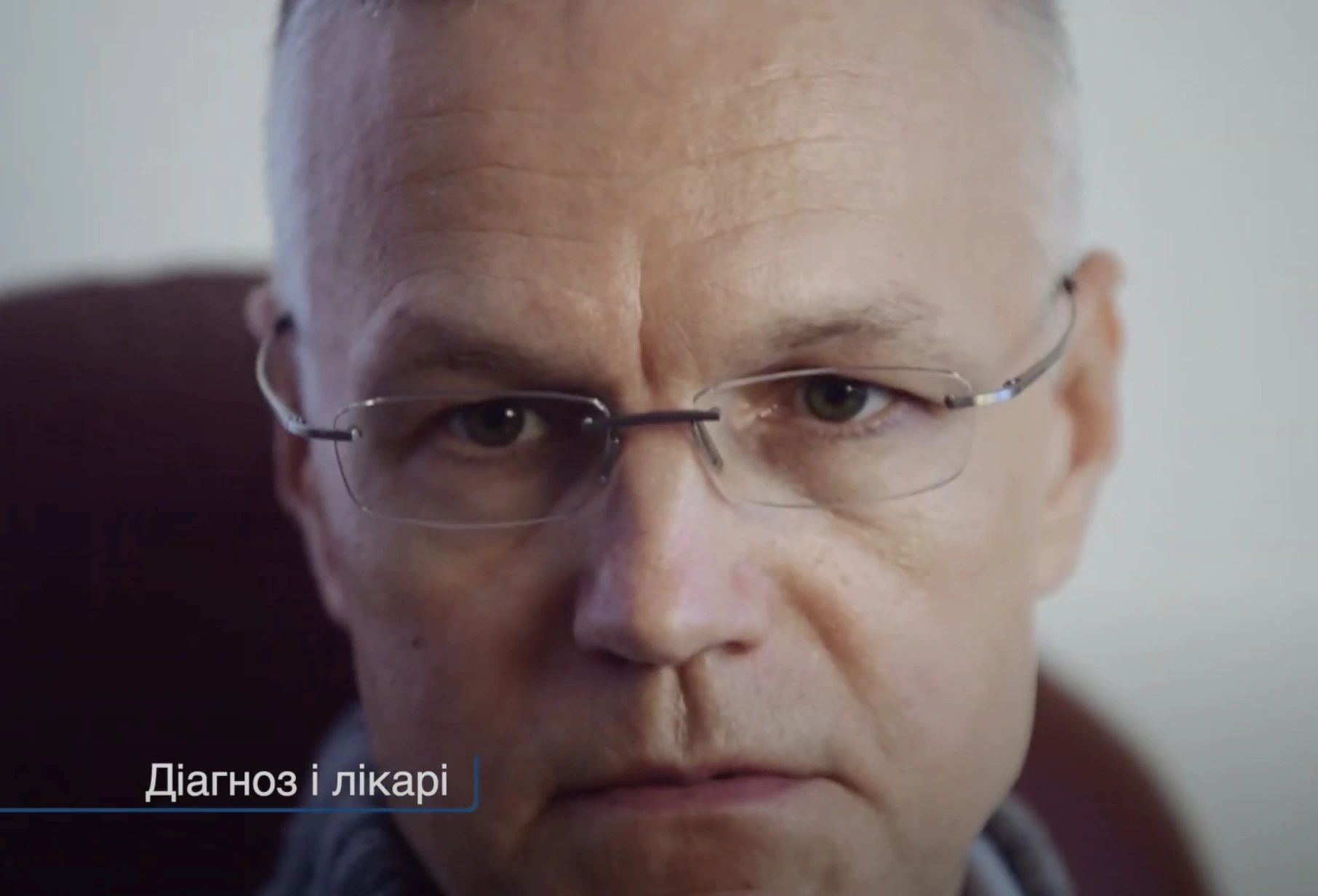
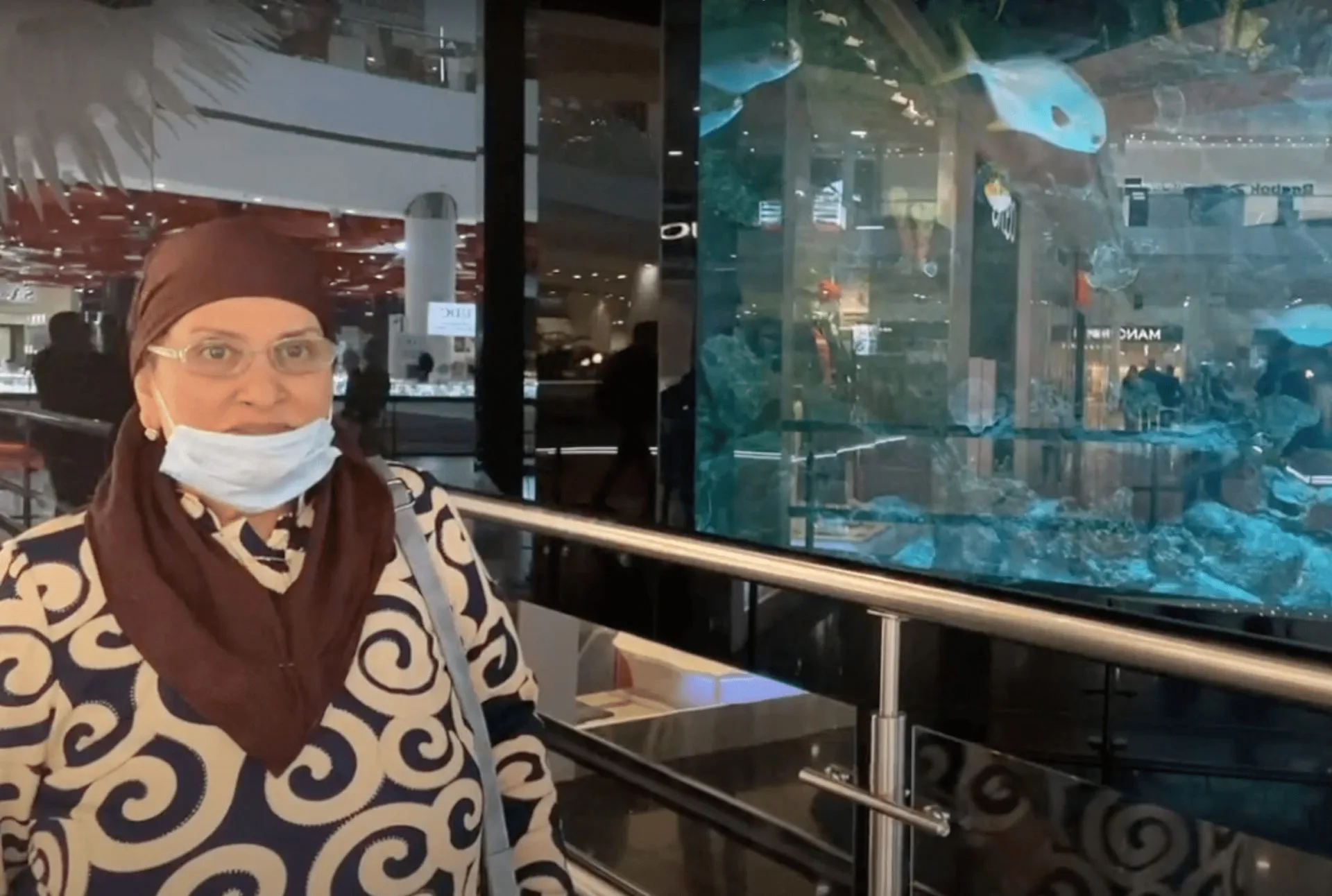

I want to seratonine testing on-site and neurofeedback diagnostics and meet the doctor.